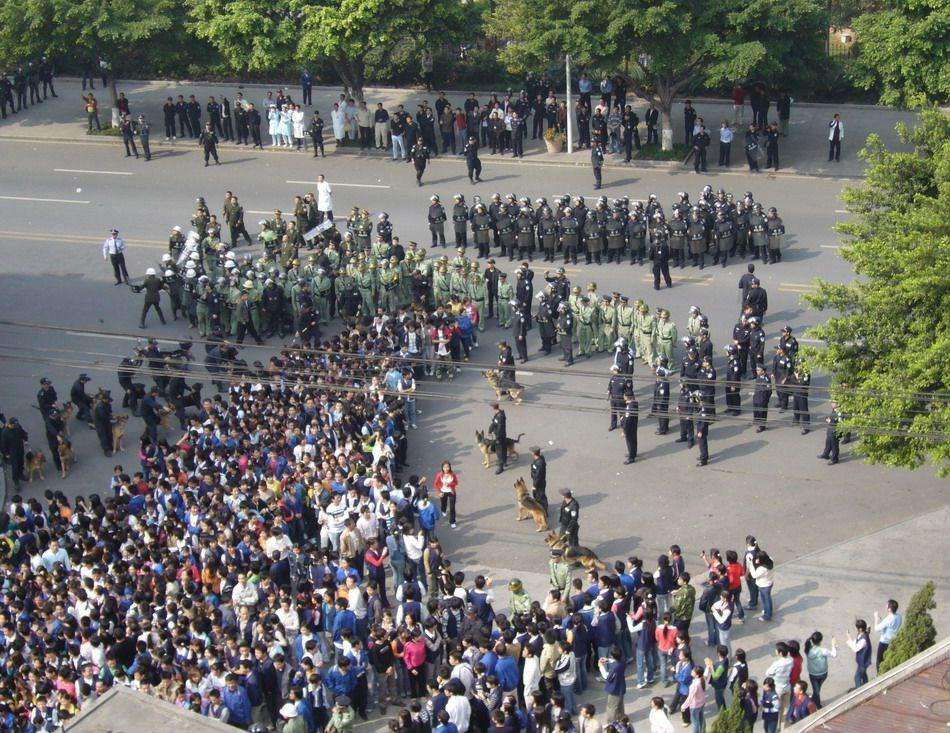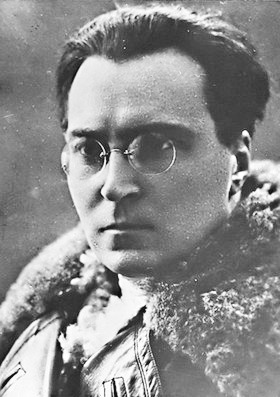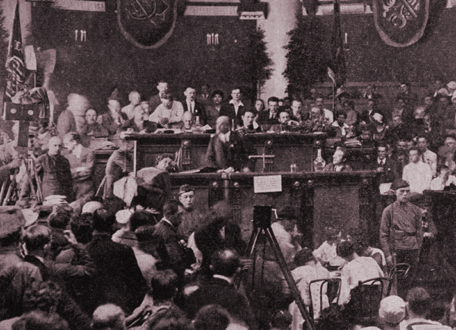Stalinism
China: In who's interest does the state serve?

Nadezhda Krupskaya, a revolutionary fighter, feminist and pioneer of socialist education

By Graham Milner
March 7, 2010 -- Born into a family of radical Russian gentry in 1869, Nedezhda (which from Russian translates as "Hope") Konstantinovna Krupskaya became, with her partner V.I. Lenin, a founder and central leader of the organisation of revolutionaries that led the Russian working class to power in October 1917 -- the Bolshevik Party (majority faction of the Russian Social Democratic Labour Party).
Lars T. Lih's contribution to a Leninism for the 21st century
Lenin Rediscovered: What Is To Be Done? In Context
`Second assassination' of Trotsky -- Paul Le Blanc reviews Robert Service’s biography of Trotsky

Review by Paul Le Blanc
Leninism: It’s not what you think

By Paul Kellogg
[This article first appeared in Socialist Studies: the Journal of the Society for Socialist Studies 5(2), Fall 2009. It has been posted at Links International Journal of Socialist Renewal with the author's permission.]
Paul Le Blanc: Theories of Stalinism

The Marxism of Leon Trotsky
`Freedoms won, freedoms lost' -- left views on the fall of the Berlin Wall

November 15, 2009 – For the past few weeks the international capitalist mass media has been awa
People's Republic of China at 60: Maoism and popular power, 1949–1969

Youth demonstrate during the Cultural Revolution.
[Click HERE for more analysis of the Chinese Revolution and its evolution.]
By Pierre Rousset
With the proclamation of the People’s Republic of China on October 1, 1949, the Chinese Communist Party (CCP) found itself at the head of a country three times larger than Western Europe, with a population of some 500 million. The internal situation was favourable to the revolutionary regime. At the end of a long series of civil and foreign wars, the population sought and relied on the new leaders to achieve peace while the ongoing people’s mobilisation opened the way for a deep reform of society.
People's Republic of China at 60: 1925–1949 -- Origins of the Chinese revolution

Victor Serge: `dishonest authoritarian', `anti-worker anarchist' or revolutionary Bolshevik?

[The following exchanges were first published in the US socialist magazine Against the Current. They have been posted at Links International Journal of Socialist Renewal with permission. Susan Weissman is the author of Victor Serge: The Course is set on Hope and editor of The Ideas of Victor Serge and Victor Serge: Russia Twenty Years After. She is a member of the editorial boards of Against the Current and Critique. The first essay is adapted from a section of a paper she delivered at a July 2008 conference on Trotsky’s legacy and first appeared in Against the Current, issue 136, September-October 2008. Following that is a response from Ernie Haberkern and reply by Susan Weissman. Some of Victor Serge's writings are available at the Marxists Internet Archive and at Resistance Books.]
By Susan Weissman
Versailles vs Comintern: two visions of world peace

By Barry Healy
June 28, 2009, was the anniversary of the two bookends of World War I, in which it is estimated more than 15 million people died. On that date in 1914 Austrian Archduke Franz Ferdinand was assassinated in Sarajevo and, five years later, in 1919, 90 years ago this year, the Versailles Treaty was signed in Paris.
The first war in which the capacity of modern industry to deploy, feed, arm and dismember people was so hideously demonstrated, WWI was experienced by its victims as the "war to end all wars". Unfortunately, it proved not to be.
Out of the ashes of the conflict two competing visions of world peace arose: Versailles and the revolutionary and democratic alternative represented by the Communist International (Comintern) emanating from the 1917 Russian Revolution.
US President Woodrow Wilson swept into the treaty negotiations declaring: “The world must be made safe for democracy.” Over six months of intense horsetrading at Versailles a new imperialist order was hammered out, resulting in many of the conflicts that followed.

